Clean Bathtub and Shower: Are you tired of battling stubborn soap scum, mildew, and hard water stains every time you step into your bathroom? I know I was! For centuries, keeping bathing areas clean has been a constant chore. From ancient Roman bathhouses meticulously scrubbed by slaves to modern homes relying on harsh chemicals, the struggle is real. But what if I told you there’s a better way? A way to achieve a sparkling clean bathtub and shower without breaking a sweat or resorting to toxic cleaners?
This DIY guide is your secret weapon against bathroom grime. We’ll explore simple, effective, and budget-friendly tricks using ingredients you probably already have in your pantry. Why spend a fortune on commercial cleaners when you can create your own powerful solutions? Not only will you save money, but you’ll also reduce your exposure to harmful chemicals, creating a healthier home environment for you and your family.
I’m going to share my favorite DIY hacks for a clean bathtub and shower that will leave it gleaming and fresh. Get ready to say goodbye to endless scrubbing and hello to a sparkling clean bathroom you’ll actually enjoy using!
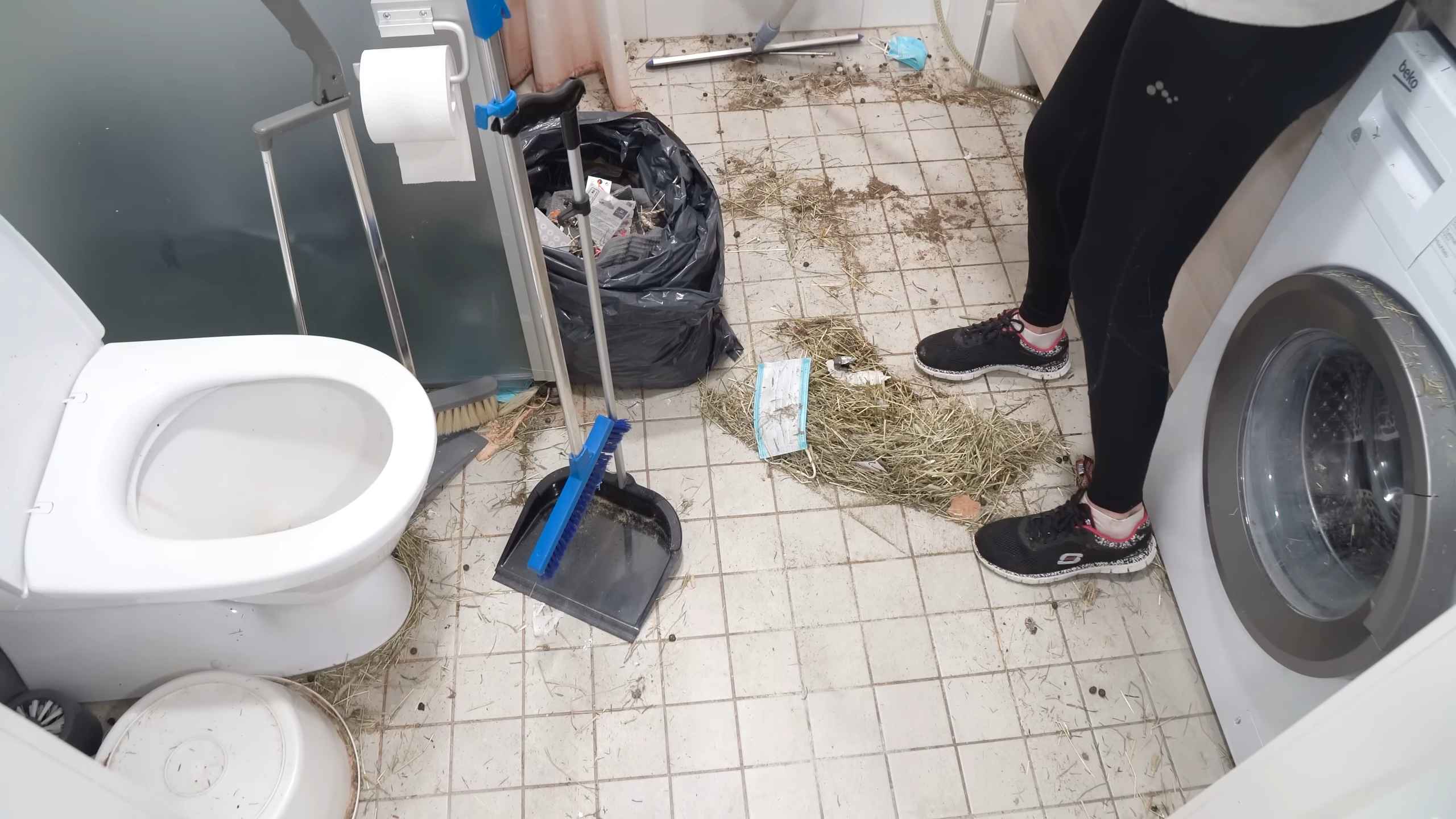
DIY Sparkling Clean Bathtub and Shower: My Secret Weapon!
Okay, let’s face it, cleaning the bathtub and shower is nobody’s favorite chore. But a sparkling clean bathroom makes a huge difference in how you feel, right? I’ve tried countless commercial cleaners, and honestly, I’ve found that a few simple DIY solutions work just as well, if not better, and they’re way easier on your wallet (and the environment!). This guide will walk you through my favorite methods for tackling soap scum, mildew, and hard water stains, leaving you with a bathtub and shower that gleam.
What You’ll Need: My Arsenal of Cleaning Supplies
Before we dive in, let’s gather our supplies. I like to keep everything organized in a caddy so it’s ready to go whenever cleaning inspiration strikes (or, more likely, when I can’t ignore the grime any longer!).
* Spray Bottle(s): You’ll need at least one, but I recommend two – one for vinegar and one for your DIY cleaning solution.
* White Vinegar: This is my go-to for dissolving soap scum and killing mildew.
* Baking Soda: A gentle abrasive that helps scrub away stubborn stains.
* Dish Soap: Cuts through grease and grime like a champ. I prefer a natural, unscented variety.
* Hydrogen Peroxide: Great for disinfecting and brightening grout.
* Essential Oils (Optional): Tea tree oil is a natural antifungal, and lemon or eucalyptus oil can add a fresh scent.
* Scrub Brush: A good scrub brush with stiff bristles is essential for tackling tough stains.
* Sponge: For wiping down surfaces and applying cleaning solutions.
* Microfiber Cloths: These are my favorite for drying and polishing. They leave surfaces streak-free.
* Rubber Gloves: Protect your hands from harsh chemicals and keep them dry.
* Old Toothbrush: Perfect for scrubbing grout lines and hard-to-reach areas.
* Squeegee: Using a squeegee after each shower can drastically reduce soap scum buildup.
* Spray Nozzle for Vinegar Bottle: Makes spraying vinegar much easier.
Section 1: The Vinegar Power Wash – My First Line of Defense
Vinegar is my secret weapon against soap scum and mildew. It’s cheap, effective, and readily available.
1. Prepare the Vinegar Solution: Pour white vinegar into a spray bottle. You can dilute it with water if you prefer a less intense scent, but I usually use it full strength for maximum cleaning power.
2. Spray the Affected Areas: Generously spray the vinegar onto the bathtub and shower walls, focusing on areas with soap scum, mildew, or hard water stains. Don’t be shy – really saturate those areas!
3. Let it Sit: This is the key! Allow the vinegar to sit for at least 30 minutes, or even longer for heavily soiled areas. The vinegar needs time to break down the soap scum and mildew. I often let it sit for a couple of hours while I do other chores.
4. Scrub: After the vinegar has had time to work its magic, grab your scrub brush and start scrubbing. You should notice that the soap scum and mildew are much easier to remove.
5. Rinse Thoroughly: Rinse the bathtub and shower with hot water to remove all traces of vinegar and loosened grime.
6. Dry: Use a microfiber cloth to dry the surfaces. This will prevent water spots and leave your bathtub and shower sparkling clean.
Section 2: Baking Soda and Dish Soap – The Dynamic Duo for Stubborn Stains
For those really tough stains that vinegar alone can’t handle, I turn to the power of baking soda and dish soap. This combination creates a gentle abrasive that can scrub away even the most stubborn grime.
1. Create the Paste: In a small bowl, mix baking soda and dish soap to form a thick paste. The ratio should be about 2 parts baking soda to 1 part dish soap.
2. Apply the Paste: Apply the paste to the stained areas of the bathtub and shower.
3. Let it Sit: Allow the paste to sit for 15-20 minutes. This gives the baking soda and dish soap time to penetrate the stain.
4. Scrub: Use a scrub brush or sponge to scrub the stained areas. You may need to apply some elbow grease for really tough stains.
5. Rinse Thoroughly: Rinse the bathtub and shower with hot water to remove all traces of the paste and loosened grime.
6. Dry: Use a microfiber cloth to dry the surfaces.
Section 3: Grout Cleaning – My Secret Weapon for Sparkling Grout
Dirty grout can make even the cleanest bathtub and shower look dingy. Here’s how I tackle grout cleaning:
1. Hydrogen Peroxide Power: Pour hydrogen peroxide into a spray bottle.
2. Spray the Grout: Generously spray the hydrogen peroxide onto the grout lines.
3. Let it Sit: Allow the hydrogen peroxide to sit for at least 10-15 minutes. This will help to bleach and disinfect the grout.
4. Scrub: Use an old toothbrush to scrub the grout lines. You should see the dirt and grime start to lift away.
5. Rinse Thoroughly: Rinse the bathtub and shower with hot water to remove all traces of hydrogen peroxide and loosened grime.
6. Dry: Use a microfiber cloth to dry the surfaces.
Alternative Grout Cleaning Paste: If the hydrogen peroxide isn’t enough, you can make a paste of baking soda and water. Apply the paste to the grout lines, let it sit for a few minutes, and then scrub with an old toothbrush. Rinse thoroughly.
Section 4: Preventing Future Buildup – My Maintenance Routine
The best way to keep your bathtub and shower clean is to prevent buildup in the first place. Here’s my maintenance routine:
1. Squeegee After Each Shower: This is the single most effective thing you can do to prevent soap scum buildup. After each shower, use a squeegee to remove excess water from the shower walls and door.
2. Ventilate the Bathroom: Always run the bathroom fan during and after showering to remove excess moisture. This will help to prevent mildew growth.
3. Wipe Down Surfaces Regularly: Once a week, wipe down the bathtub and shower walls with a damp cloth or sponge. This will remove any lingering soap scum or grime before it has a chance to build up.
4. DIY Shower Spray: I like to make a DIY shower spray to use after each shower. In a spray bottle, combine 1 cup of water, 1/2 cup of white vinegar, and a few drops of tea tree oil or your favorite essential oil. After each shower, spray the solution onto the shower walls and door. No need to rinse!
5. Deep Clean Regularly: Even with regular maintenance, you’ll still need to deep clean your bathtub and shower every few weeks. Follow the steps outlined above to remove any stubborn stains or mildew.
Bonus Tip: Hard Water Stains – My Solution for Stubborn Spots
If you have hard water, you may notice stubborn white spots on your bathtub and shower surfaces. These spots are caused by mineral deposits in the water. Here’s how I remove them:
1. Lemon Juice Power: Cut a lemon in half and rub the cut side onto the hard water stains. The citric acid in the lemon will help to dissolve the mineral deposits.
2. Let it Sit: Allow the lemon juice to sit for 10-15 minutes.
3. Scrub: Use a scrub brush or sponge to scrub the stained areas.
4. Rinse Thoroughly: Rinse the bathtub and shower with hot water to remove all traces of lemon juice and loosened mineral deposits.
5. Dry: Use a microfiber cloth to dry the surfaces.
Alternative Hard Water Stain Remover: You can also use a commercial hard water stain remover. Follow the instructions on the product label.
Essential Oil Boost (Optional)
For an extra touch of freshness and cleaning power, I sometimes add a few drops of essential oils to my cleaning solutions. Tea tree oil is a natural antifungal and antibacterial agent, while lemon and eucalyptus oils have a refreshing scent and can help to cut through grease and grime. Just be sure to use essential oils sparingly, as they can be irritating to some people.
Important Note: Always test any cleaning solution in an inconspicuous area before applying it to the entire bathtub and shower. This will help to ensure that the solution doesn’t damage the surface. Also, never mix bleach with vinegar or ammonia, as this can create dangerous fumes.
With these DIY cleaning solutions and my maintenance routine, you can keep your bathtub and shower sparkling clean without spending a fortune on commercial cleaners. Happy cleaning!
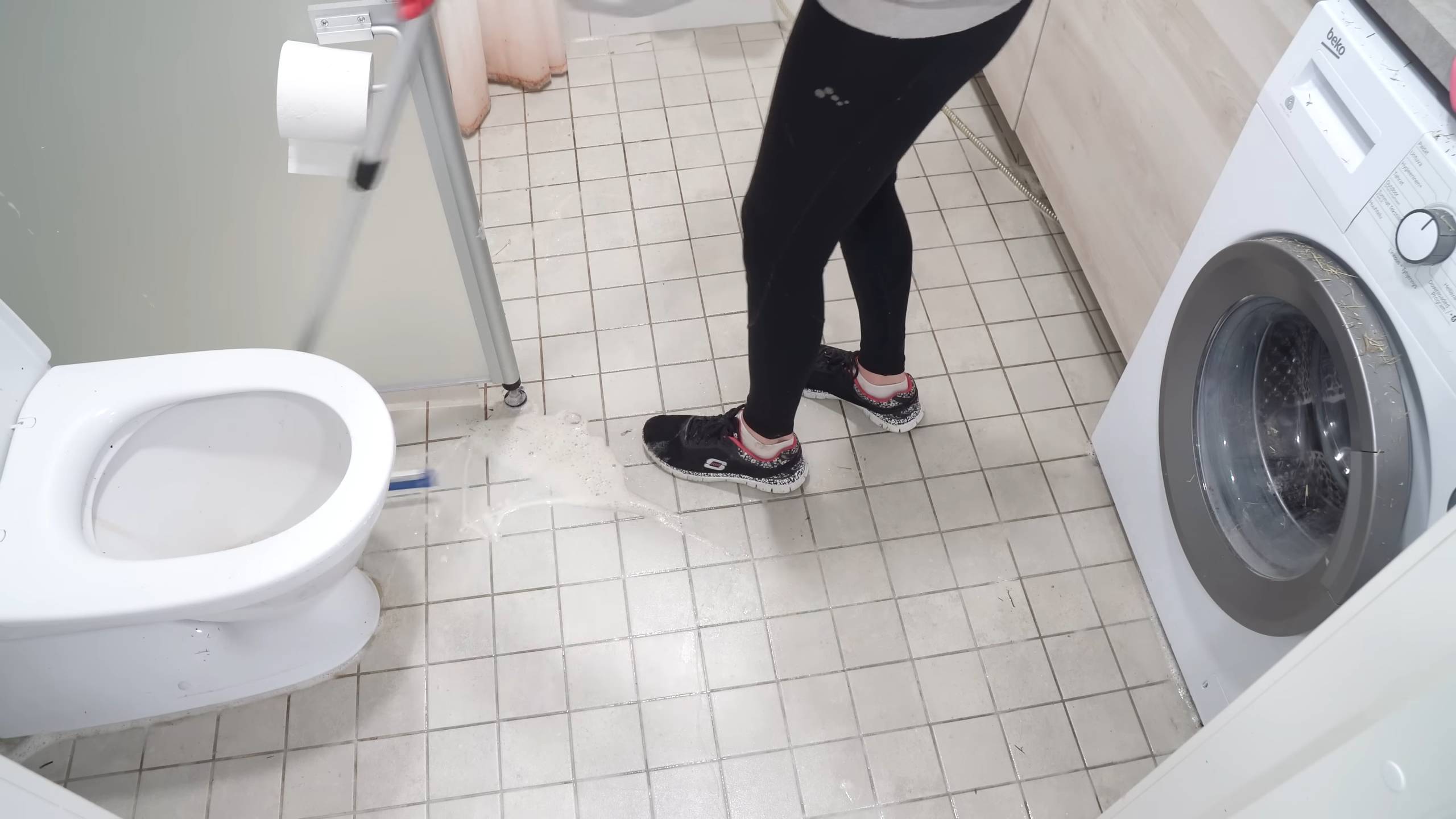
Conclusion
So, there you have it! This simple, yet incredibly effective DIY trick for cleaning your bathtub and shower is a game-changer. Forget spending a fortune on harsh chemical cleaners that leave behind lingering odors and potential health hazards. This method utilizes ingredients you likely already have in your pantry, making it not only cost-effective but also a more environmentally friendly option.
Why is this a must-try? Because it delivers sparkling results with minimal effort. The combination of baking soda and vinegar creates a powerful fizzing action that loosens grime, soap scum, and hard water stains, making them incredibly easy to wipe away. No more endless scrubbing or aching arms! Plus, the addition of your favorite essential oil leaves your bathroom smelling fresh and clean, creating a spa-like atmosphere right in your own home.
But the beauty of this DIY solution lies in its versatility. Feel free to experiment with different essential oils to find your perfect scent. Lavender, eucalyptus, tea tree, and lemon are all excellent choices, each offering its own unique aromatherapy benefits. For tougher stains, you can create a paste of baking soda and water and let it sit on the affected area for a longer period before scrubbing. You can also add a small amount of dish soap to the vinegar solution for extra cleaning power, especially if you have a lot of greasy residue.
Consider using a microfiber cloth for wiping down the surfaces after cleaning. Microfiber cloths are incredibly absorbent and effective at removing dirt and grime, leaving your bathtub and shower sparkling clean. They are also reusable and washable, making them a more sustainable option than disposable paper towels.
Don’t be afraid to adjust the ratios of baking soda and vinegar to suit your specific needs. If you have particularly stubborn stains, you might want to use a higher concentration of baking soda. Conversely, if you have delicate surfaces, you might want to dilute the vinegar with more water.
We are confident that once you try this DIY trick, you’ll never go back to store-bought cleaners again. It’s effective, affordable, eco-friendly, and customizable – what’s not to love?
Now, it’s your turn! We encourage you to give this DIY bathtub and shower cleaning method a try and see the amazing results for yourself. And most importantly, we want to hear about your experience! Share your before-and-after photos, your favorite essential oil combinations, and any tips or tricks you discover along the way in the comments section below. Let’s create a community of clean and happy bathrooms! We are excited to see your results and learn from your experiences. Your feedback will help others discover the joy of a sparkling clean bathroom, achieved with simple, natural ingredients. Let’s ditch the harsh chemicals and embrace a healthier, more sustainable way to clean!
Frequently Asked Questions (FAQs)
Q: Is this DIY cleaner safe for all types of bathtubs and showers?
A: Generally, yes, this DIY cleaner is safe for most common bathtub and shower materials, including porcelain, ceramic tile, fiberglass, and acrylic. However, it’s always a good idea to test a small, inconspicuous area first, especially if you have a more delicate or unusual surface, such as natural stone. Avoid using this cleaner on marble or granite, as the vinegar can etch these surfaces. If you are unsure about the material of your bathtub or shower, consult the manufacturer’s instructions or contact a professional cleaner.
Q: How often should I use this DIY cleaner?
A: The frequency of cleaning depends on how often you use your bathtub and shower and how quickly they accumulate soap scum and grime. For most households, cleaning once a week is sufficient to maintain a clean and sparkling bathroom. However, if you have a large family or use your bathtub and shower frequently, you may need to clean them more often. You can also use this cleaner as a spot treatment for stubborn stains as needed.
Q: Can I use this cleaner on shower doors?
A: Absolutely! This DIY cleaner works wonders on shower doors, helping to remove water spots, soap scum, and mildew. Simply spray the solution onto the shower doors, let it sit for a few minutes, and then wipe clean with a microfiber cloth. For tougher stains, you can use a scrub brush or sponge. To prevent water spots from forming, consider using a squeegee after each shower.
Q: What if I don’t have essential oils? Can I still use this cleaner?
A: Yes, you can definitely still use this cleaner without essential oils. The baking soda and vinegar combination is effective enough on its own for cleaning. The essential oils are primarily added for fragrance and aromatherapy benefits. If you don’t have essential oils, you can simply omit them from the recipe. Your bathroom will still be clean and fresh, just without the added scent. You could also try adding a few drops of lemon juice for a natural citrus scent.
Q: The vinegar smell is too strong for me. Is there anything I can do?
A: The vinegar smell can be quite strong, but it dissipates quickly after cleaning. To minimize the odor, you can dilute the vinegar with more water. You can also add a few drops of your favorite essential oil to help mask the smell. Another option is to use distilled white vinegar, which has a slightly milder odor than regular vinegar. Make sure to ventilate your bathroom well while cleaning to help dissipate the vinegar smell.
Q: How do I prevent soap scum buildup in the first place?
A: Preventing soap scum buildup is easier than removing it! Here are a few tips:
* Use liquid soap instead of bar soap, as bar soap tends to leave more residue.
* Rinse your bathtub and shower thoroughly after each use to remove any remaining soap or shampoo.
* Use a squeegee to wipe down the shower walls and doors after each shower.
* Improve ventilation in your bathroom by opening a window or using a fan.
* Consider installing a water softener to reduce hard water stains.
Q: Can I use this cleaner on colored grout?
A: While this cleaner is generally safe for grout, it’s always best to test a small, inconspicuous area first, especially if you have colored grout. The vinegar in the cleaner can potentially fade or discolor colored grout over time. If you are concerned about discoloration, you can dilute the vinegar with more water or use a grout-specific cleaner.
Q: What if I have a septic system? Is this cleaner safe to use?
A: Yes, this DIY cleaner is generally safe to use with a septic system. The ingredients are natural and biodegradable, and they won’t harm the beneficial bacteria in your septic tank. However, it’s always a good idea to use any cleaning product sparingly and avoid flushing large amounts of baking soda or vinegar down the drain at once.
Q: Can I store the leftover cleaning solution?
A: It’s best to use the cleaning solution immediately after mixing it, as the fizzing action of the baking soda and vinegar diminishes over time. However, if you have leftover solution, you can store it in a sealed spray bottle for up to a few days. Just be sure to shake it well before each use. Keep in mind that the solution may not be as effective after it has been stored for a long period.


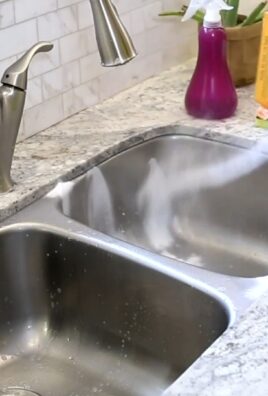
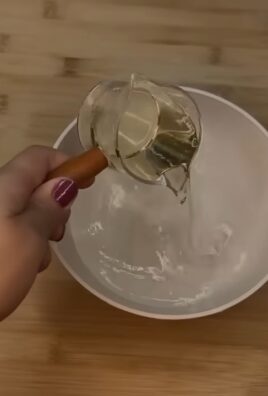
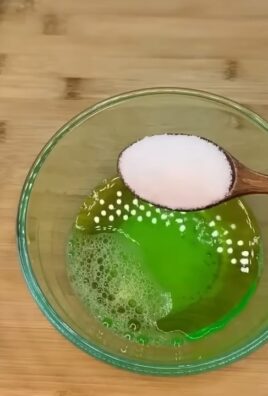
Leave a Comment